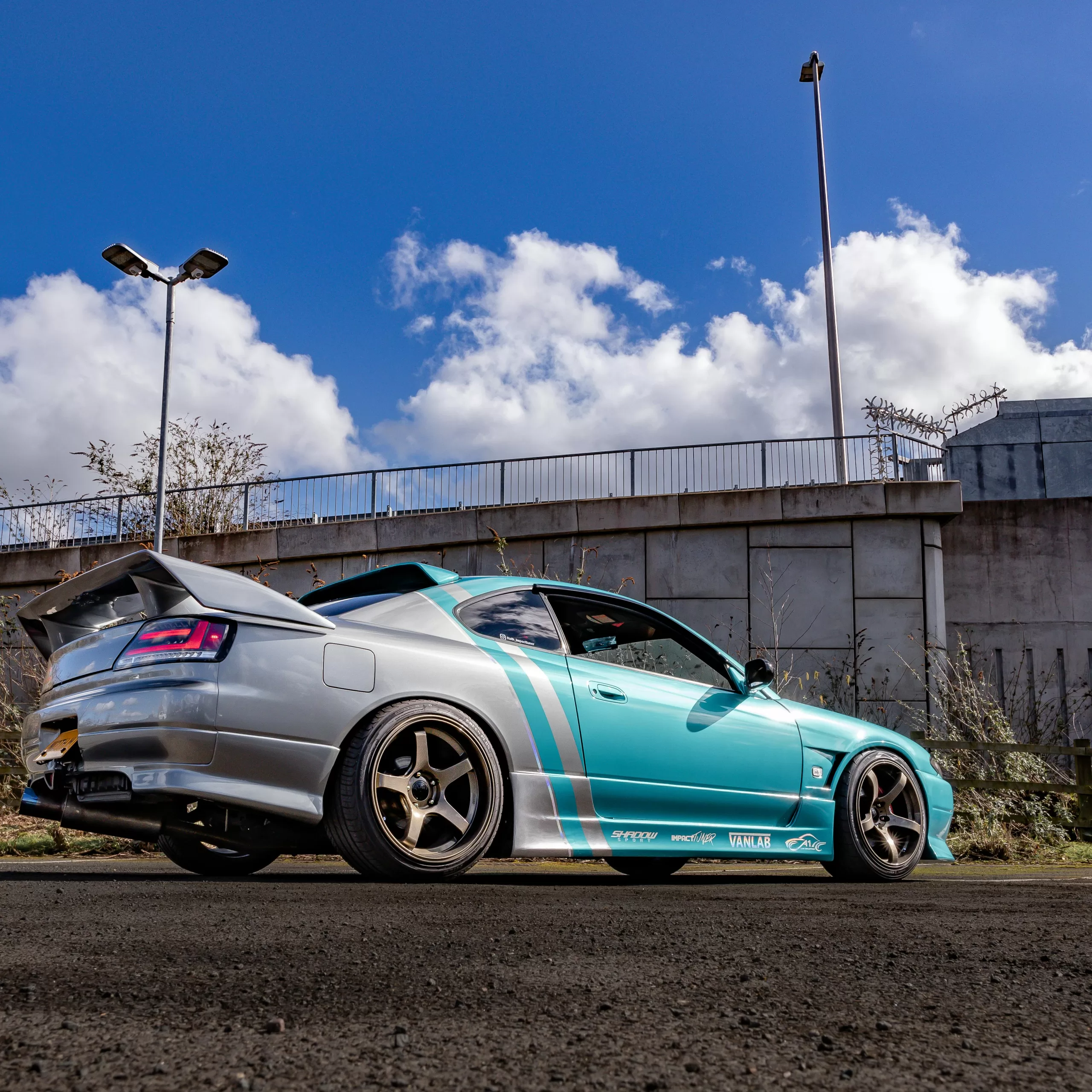The Toyota MR2 carved out a niche as an affordable mid-engine sports car offering everyday usability when it debuted in 1984. Lightweight construction, nimble handling, and a scaleable powertrain made the MR2 a tuner favorite through three generations spanning over 25 years.
AW11 Debuts the Formula
Toyota engineered the first-generation AW11 MR2 to bring exotic mid-engine performance to the masses. The light 2,300 pound body minimized overhangs for ideal weight distribution. MacPherson struts and four-wheel disc brakes delivered sharp reflexes.

Under the rear hood sat a spirited twin-cam 16-valve 4-cylinder packing 112 horsepower. While not blisteringly quick, the spritely MR2 maximized modest power thanks to balance and grip. Swift, forgiving handling made the MR2 accessible to novices.
Toyota MR2 Scaleable Power Adds Versatility
Toyota smartly offered multiple engine options suiting novice to expert drivers. The base MR2 came with a efficient 92 horsepower 4-cylinder for commuting and cruising. The supercharged MR2 boasted 145 horsepower for extra punch.
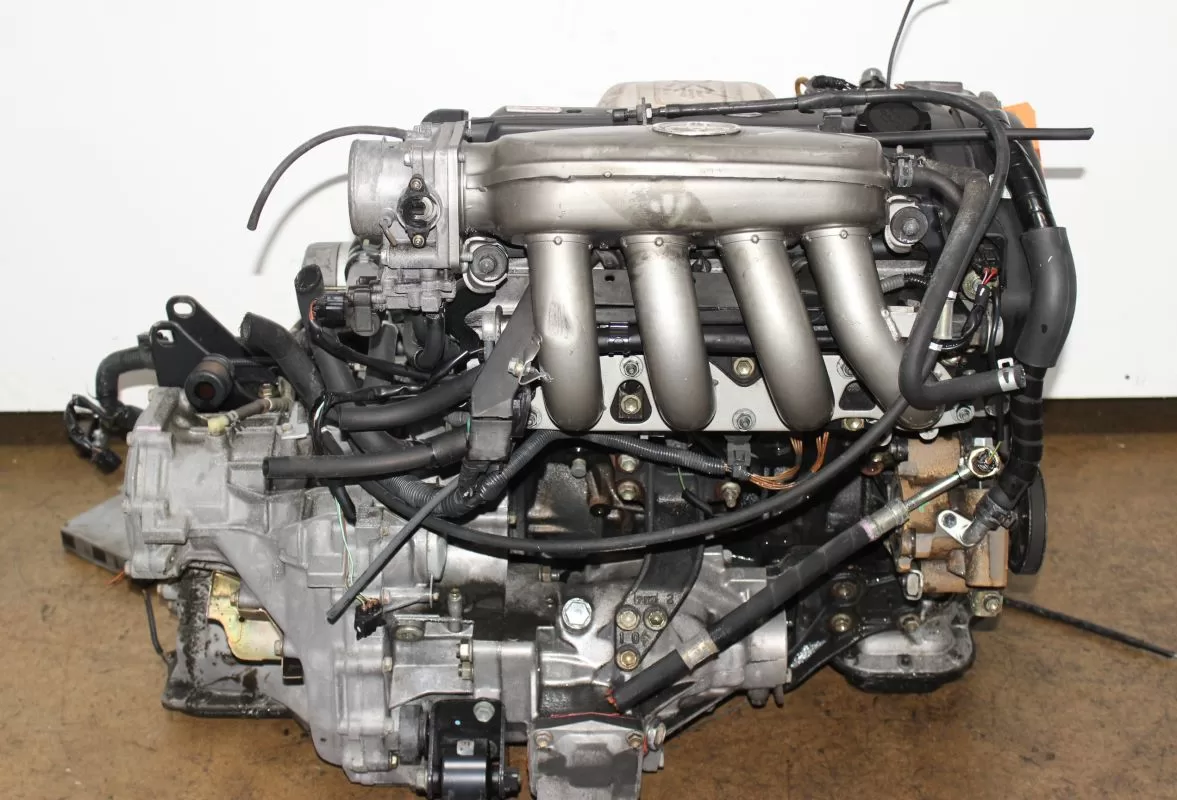
For those with track aspirations, a Japan-only naturally-aspirated GT model pumped out 158 horsepower. This range gave owners options to upgrade as skills improved. The AW11 could grow with dedicated enthusiasts.
Toyota MR2 SW20 – The MkII Evolution
The second-generation SW20 MR2 went wider, tougher, and more powerful when launched in 1989. Aggressive, wedged styling cloaked a further stiffened chassis. Toyota’s sturdy 3S-GE four now made 200 horsepower in turbo trim.
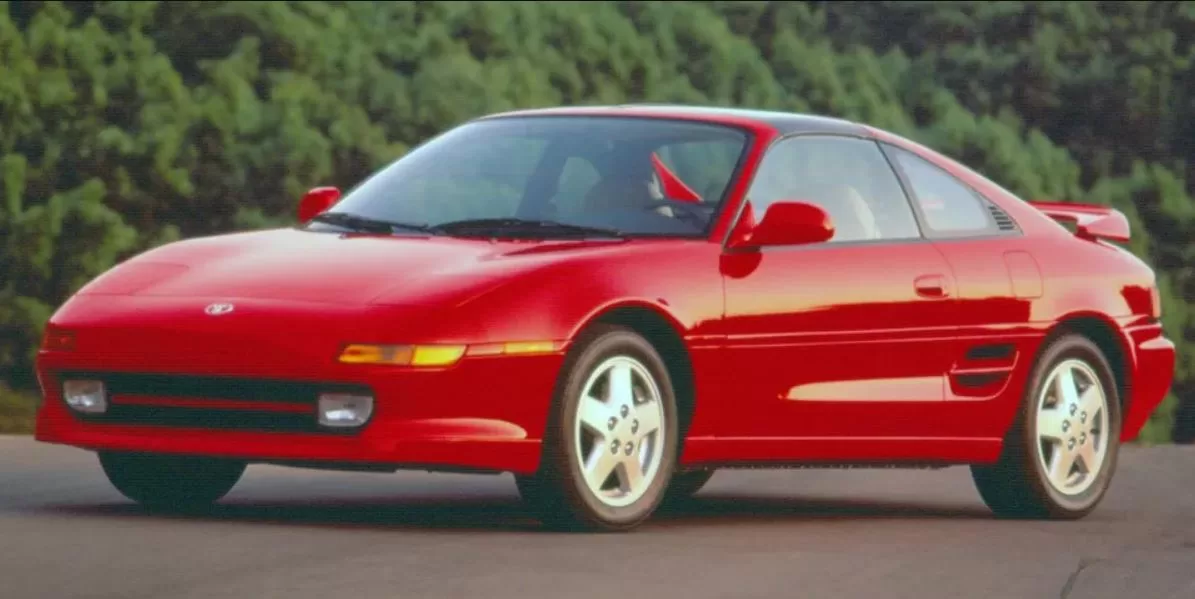
Larger 15-inch wheels wrapped in wider tires provided a larger contact patch for cornering grip. These enhancements evolved the MR2 into a serious sports car without abandoning approachability. The SW20 exuded attitude while retaining balance.
Big Fun in a Small Package
Despite just 2 seats and a compact footprint, the MR2 packed everyday livability along with spritely performance. The glass hatch opened to a usefully sized rear cargo area. Controls fell readily to hand in the comfortable cockpit.
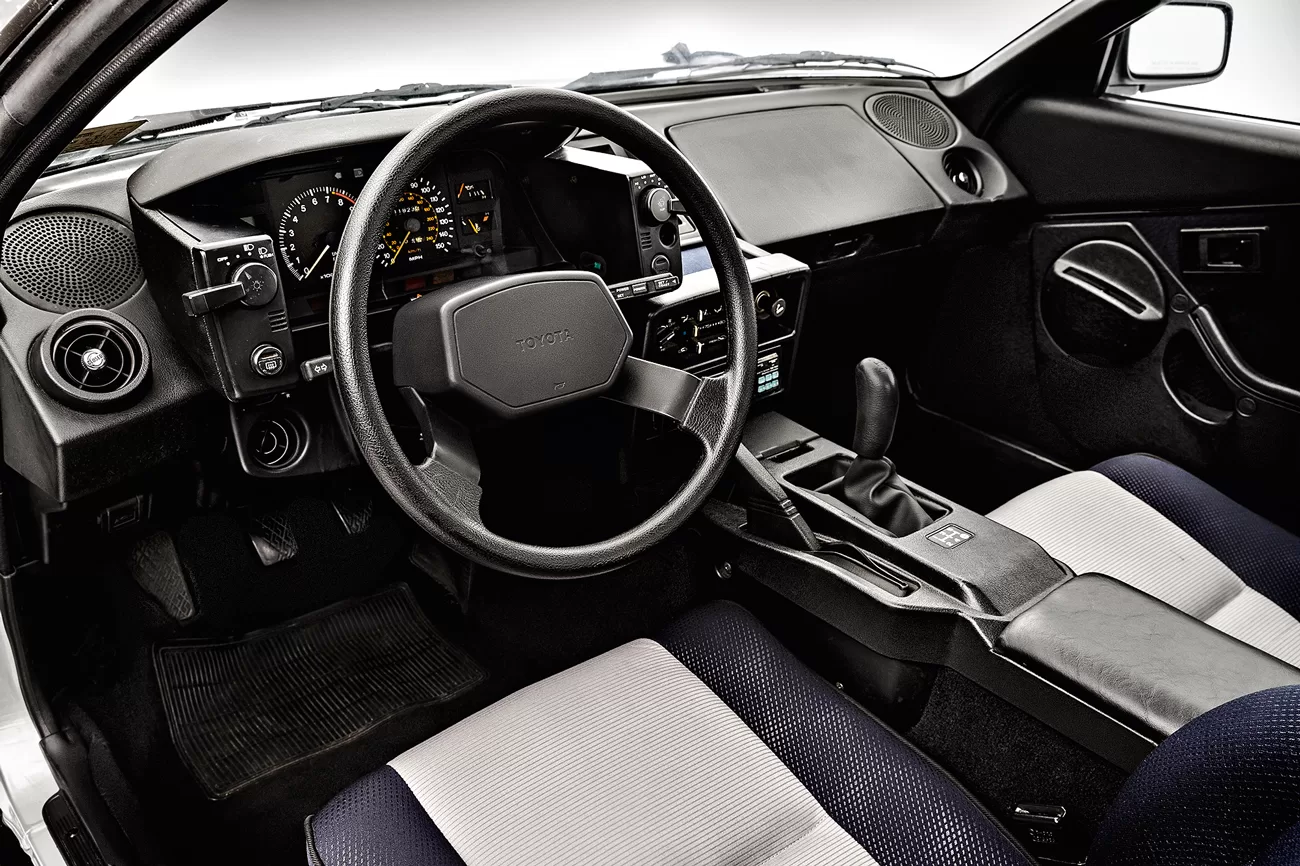
Reliable and efficient even in higher-output trims, the mid-engine MR2 worked as an only car during the week. Yet strap into the supportive seats and experience the excellent chassis dynamics, and weekday commutes became weekend worthy. The MR2 delivered big thrills in an efficient package.
Aftermarket Potential Realized
Of course, the MR2’s combination of light weight, bonded rigidity, and high-winding engines made it a tuner favorite from the start. Myriad bolt-on upgrades unleashed more power from the durable four-cylinders.

Stiffer suspension components allowed adjusting dynamics toward racing levels. Strong interest and plentiful parts helped cement the MR2’s popularity globally. For those wanting affordable customization, the MR2 was a blank canvas.
Toyota MR2 W30 – The Third Generation
Toyota revamped the MR2 entirely for model year 2000 with the swoopy W30. Gone was the light, simple AW11 formula. In its place came a modern high-tech approach.

A new variable valve timing 2zz 1.8-liter inline-4 pushed out 138 horsepower and could spin to 8,200 rpm. Short wheelbase proportions remained, but all-new independent suspension with forged aluminum components delivered telepathic turn-in and transient response. The W30 pushed handling finesse over power.
The Overlooked Mid-Engine Choice
While not producing blistering acceleration numbers, each MR2 generation won acclaim by mastering agile handling and balance for the money. Light weight and clever engineering overcame limited power.
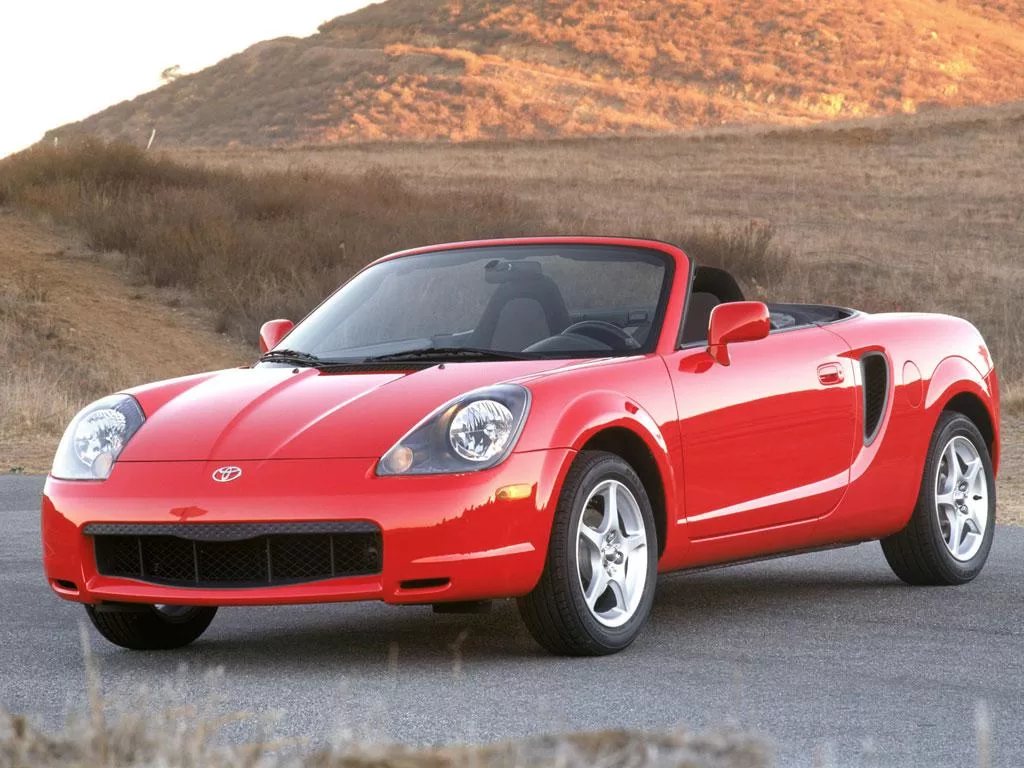
The MR2 always rewarded smoothness and technique over speed. By keeping capabilities approachable, Toyota sustained the MR2’s longevity. For a whole new generation of enthusiasts, the MR2 provided an entry into mid-engine sports car excitement at real world prices.



